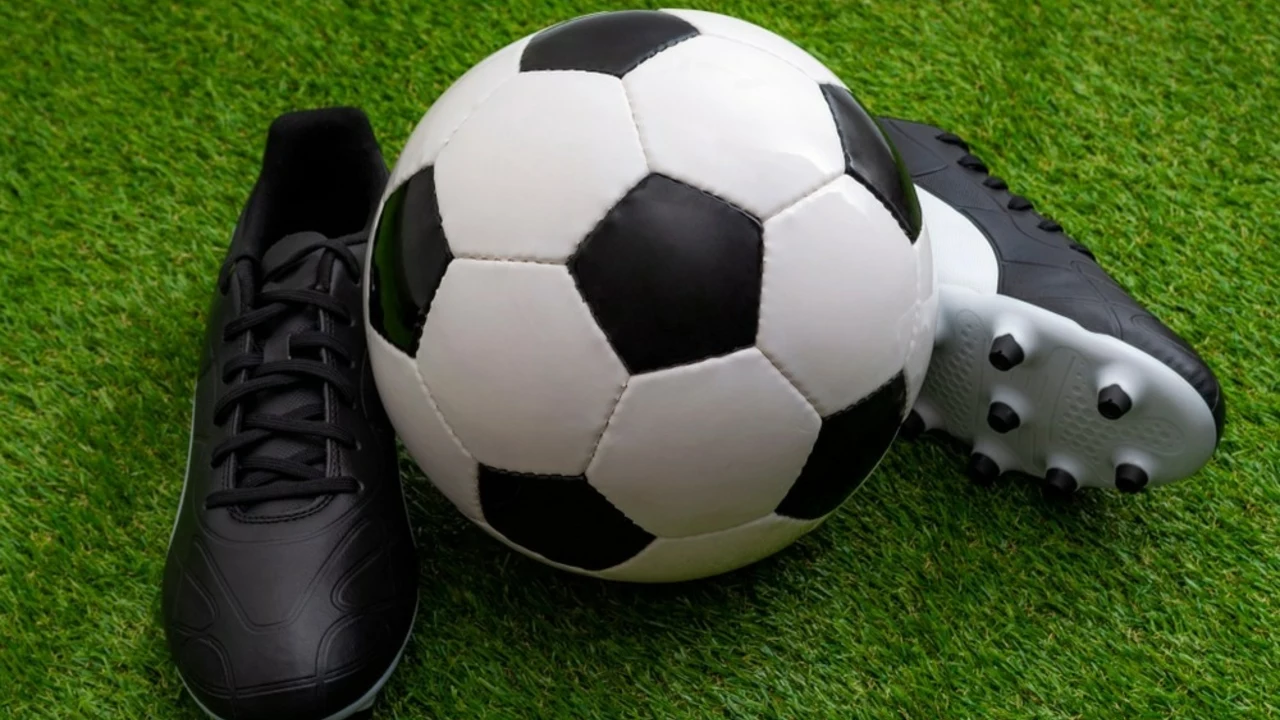Understanding the Basics of Cleats
In my journey as a sports enthusiast, I have come across many people who question the difference between soccer and football cleats. To begin our discussion, let's first understand what cleats are. Cleats are special shoes worn by athletes to enhance their performance on the field. They are designed with protrusions on the sole, which provide excellent traction, preventing players from slipping and allowing them to maintain their balance while playing. The design of cleats varies greatly depending on the specific requirements of different sports.
Design Differences in Soccer and Football Cleats
Football and soccer cleats might look similar at first glance, but there are subtle differences in design that have significant impact on the field. Soccer cleats are typically designed with a low-cut style to allow maximum maneuverability. On the other hand, football cleats often come in a mid-cut or high-cut design, offering more support around the ankle. This is because football involves more lateral movements and sudden changes in direction, which require extra support.
The Role of Studs in Soccer and Football Cleats
Studs are the 'spikes' underneath the shoe that dig into the ground and provide traction. In soccer cleats, studs are uniformly distributed and are usually conical in shape. This allows soccer players to make quick turns and maintain their balance. Football cleats, on the other hand, have studs that can be rectangular, conical, or bladed and are often positioned at the edge of the soles for optimal grip during lateral movements. Some football cleats even come with detachable studs, allowing players to customize their cleats based on the field conditions.
Material Differences in Soccer and Football Cleats
The material used in making soccer and football cleats also differs. Soccer cleats are usually crafted from kangaroo leather or synthetic materials, offering a snug fit and better 'feel' of the ball. Football cleats, alternatively, are commonly made from synthetic materials that are more durable and capable of withstanding heavy impacts. The materials used in these cleats play a significant role in supporting the unique movements involved in each sport.
Interchangeability Between Soccer and Football Cleats
Can soccer cleats be used for football or vice versa? Well, in theory, yes. However, using soccer cleats for football might not provide the necessary support and protection needed for the sport. Similarly, using football cleats for soccer may hinder agility and ball control. Therefore, while it's not completely out of the question, I wouldn't recommend it.
Choosing the Right Cleats for Your Sport
When it comes to selecting the right cleats, it's essential to consider the sport's specific requirements. For soccer, look for cleats that offer excellent ball control and agility. For football, opt for cleats that provide the necessary ankle support and traction for lateral movements. Remember, the right cleats can significantly enhance your performance and help prevent injuries. So choose wisely!
In conclusion, while soccer and football cleats may share some similarities, they are by no means the same. Each is uniquely designed to cater to the specific needs of their respective sports. I hope this clears up any confusion and helps you make an informed decision when buying your next pair of cleats.
